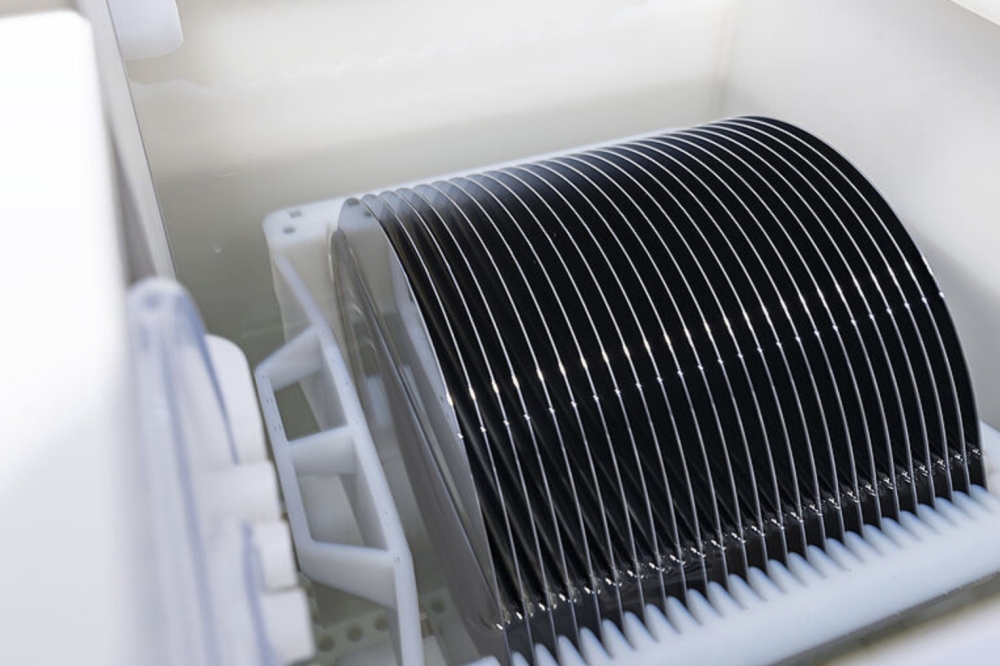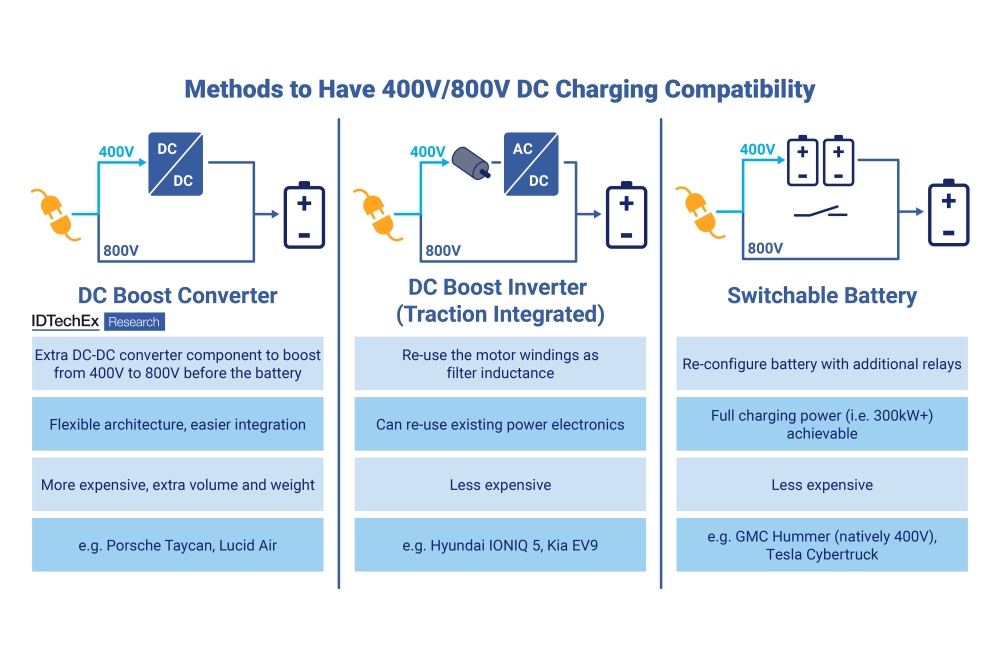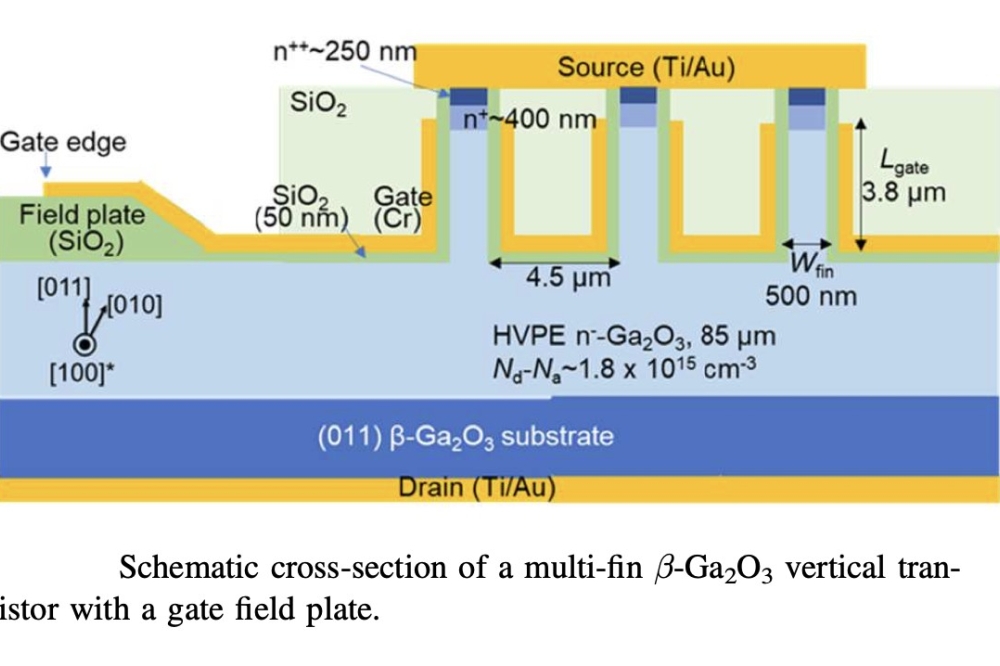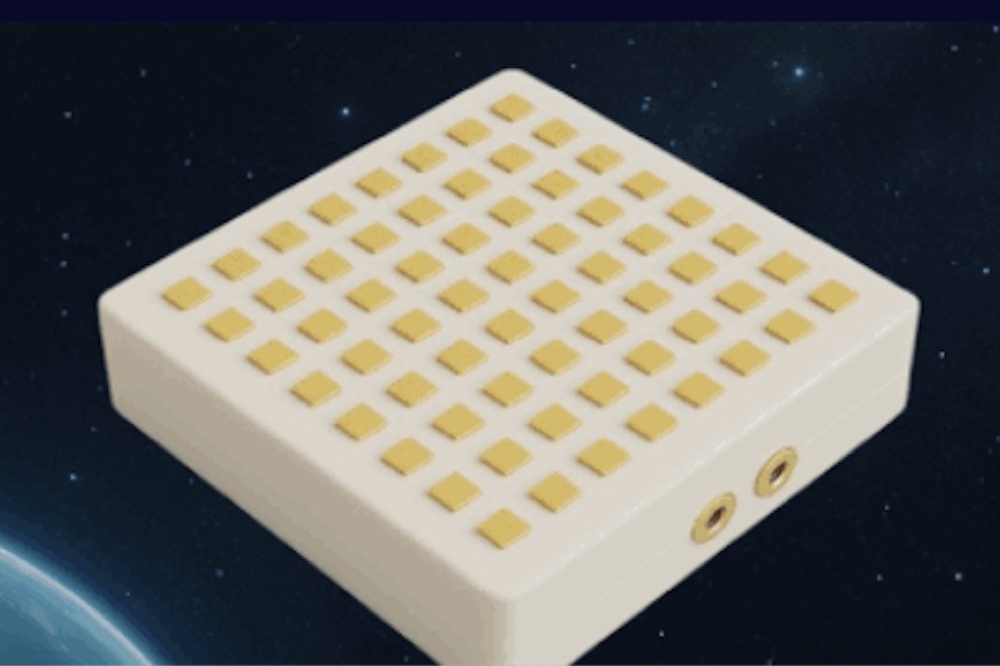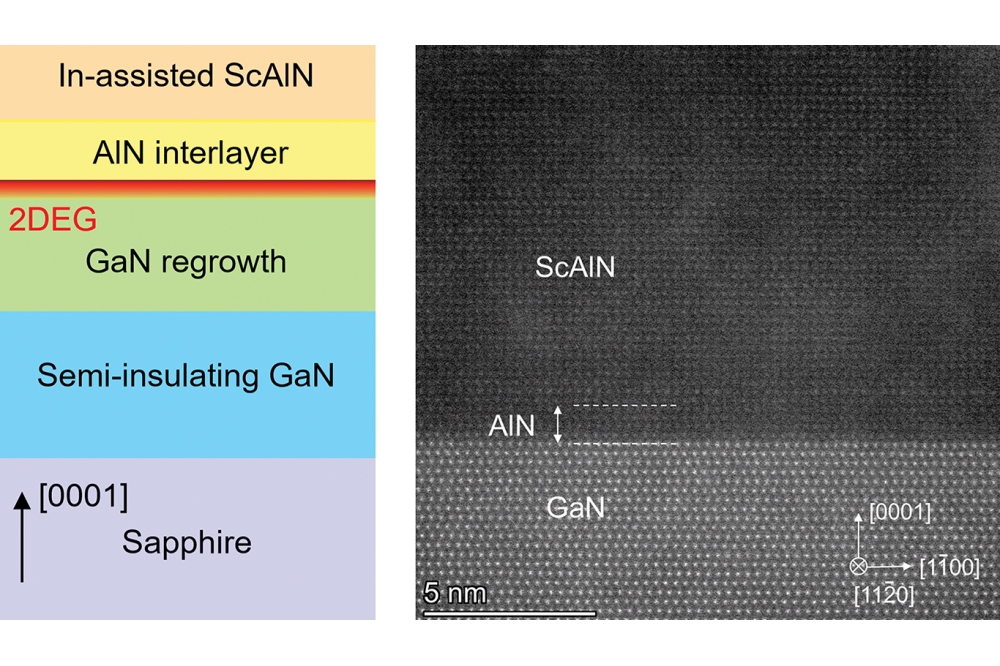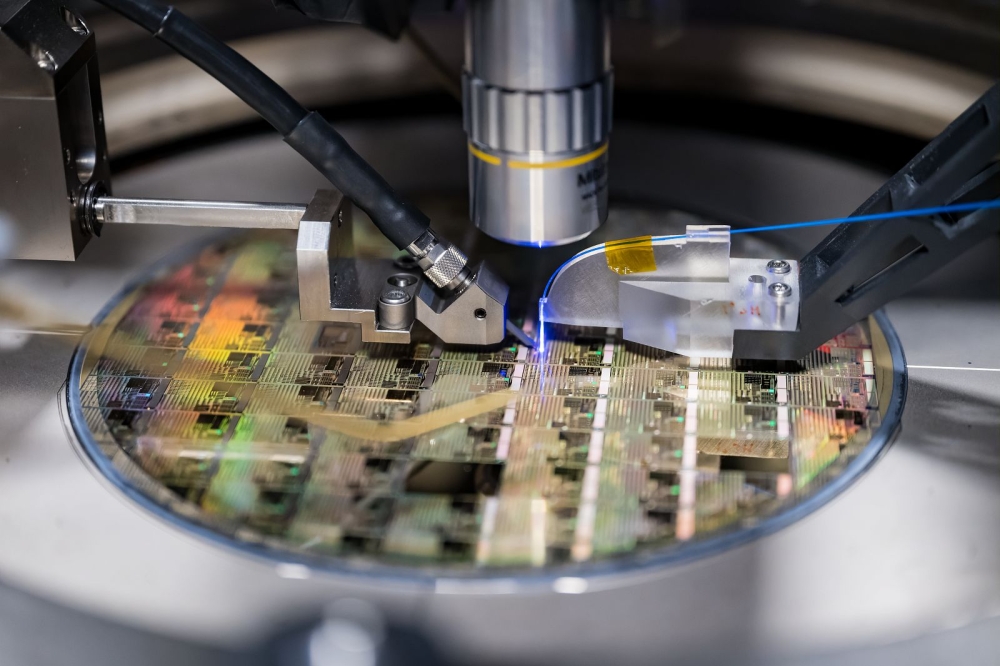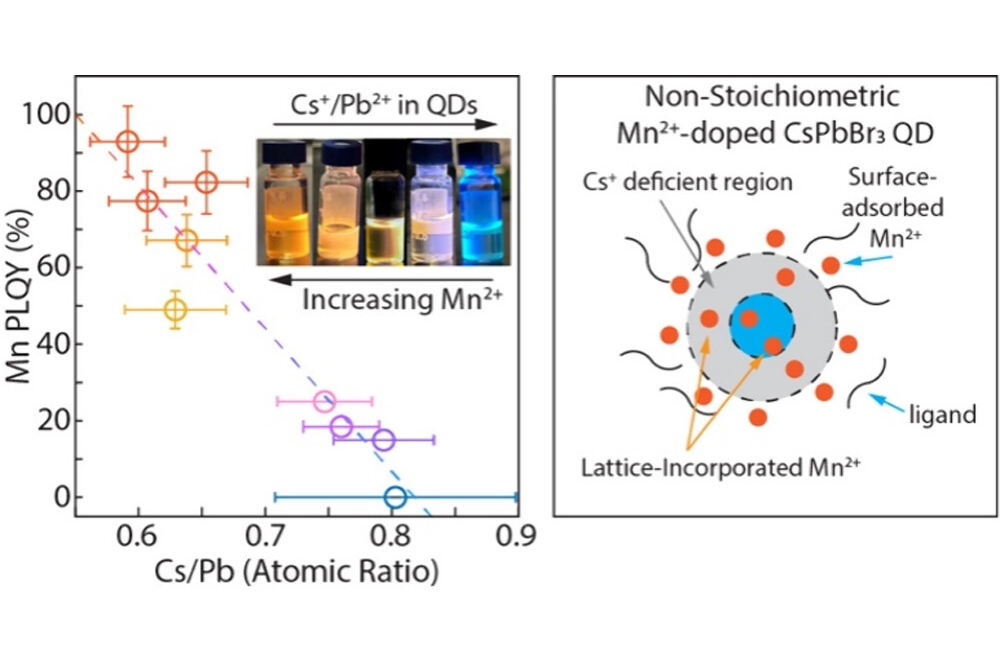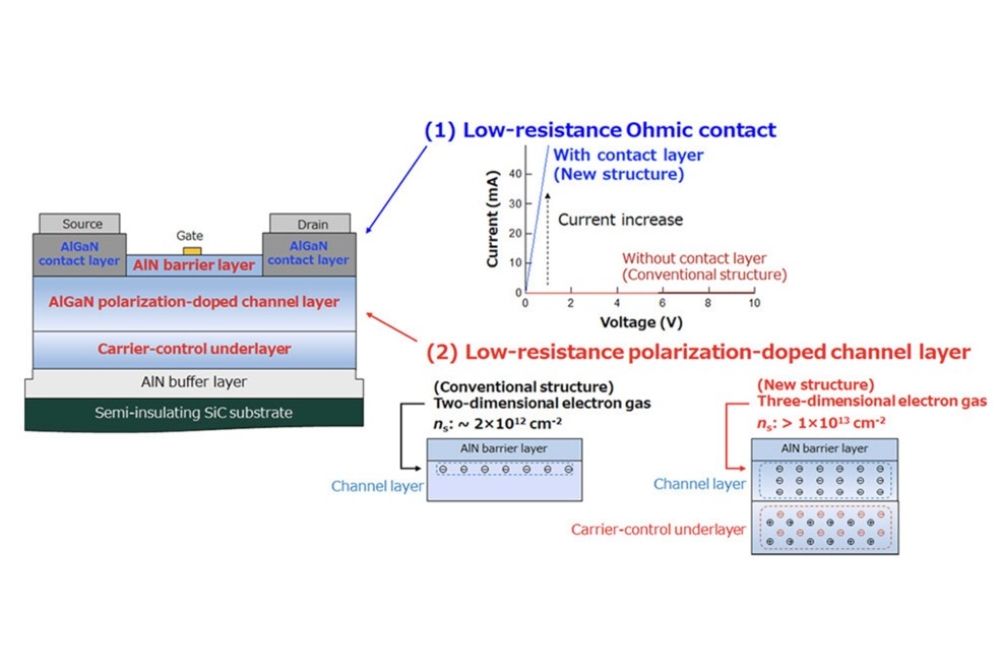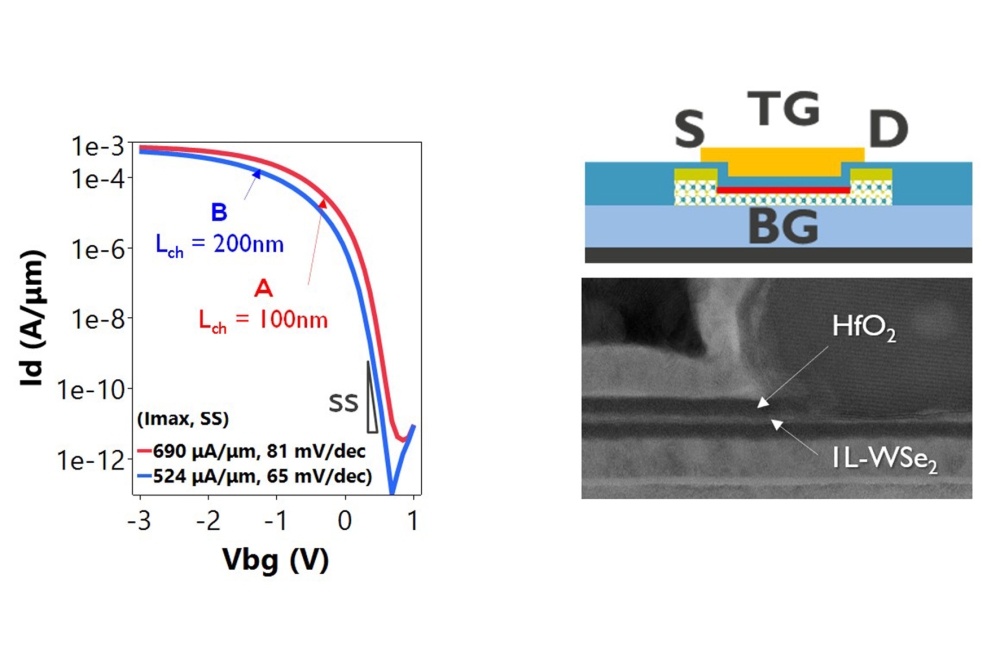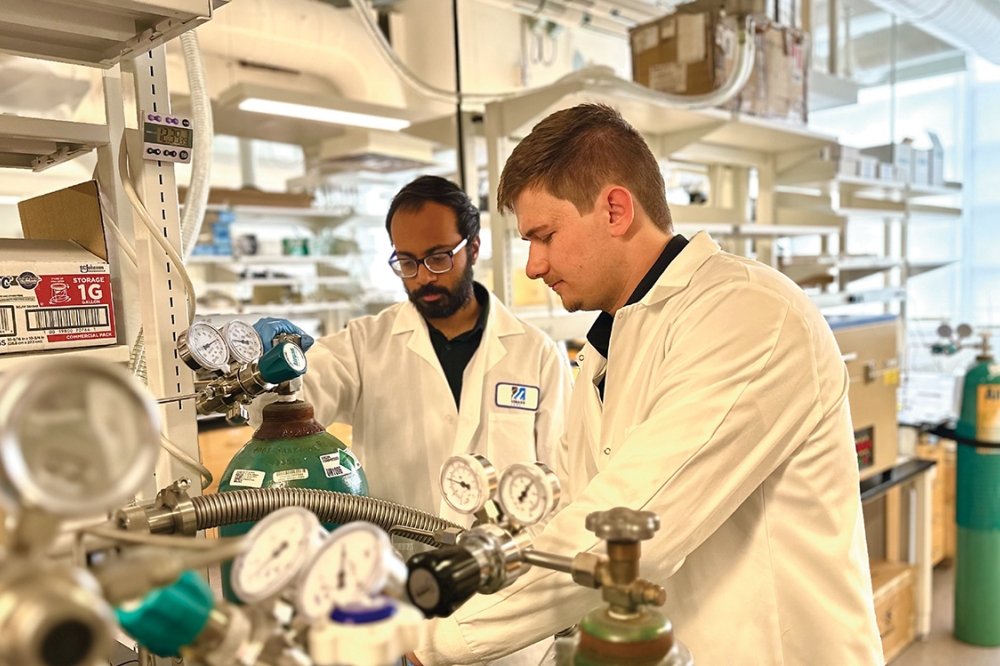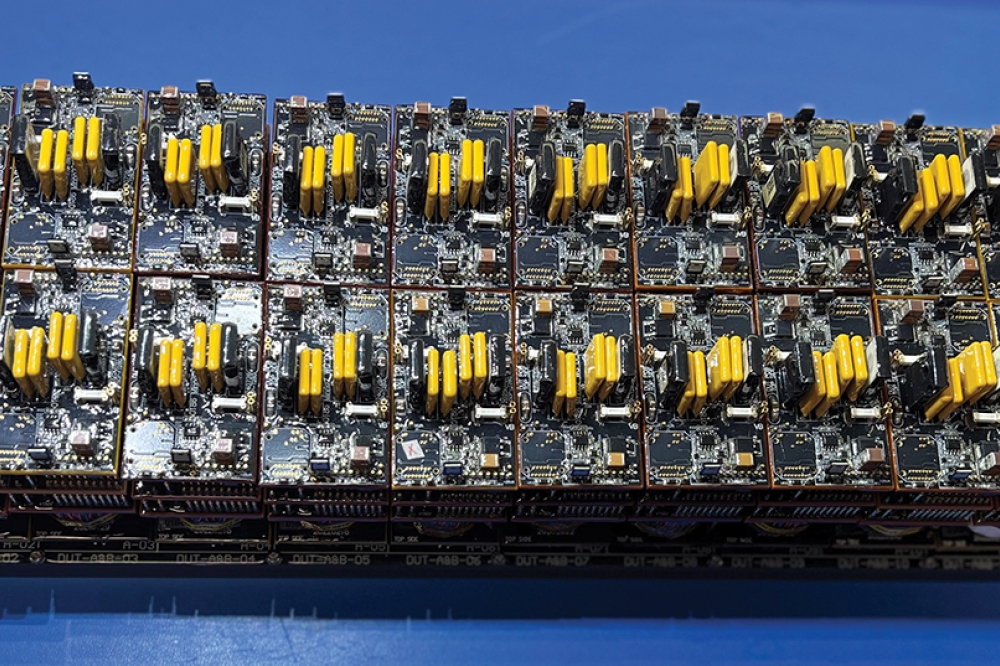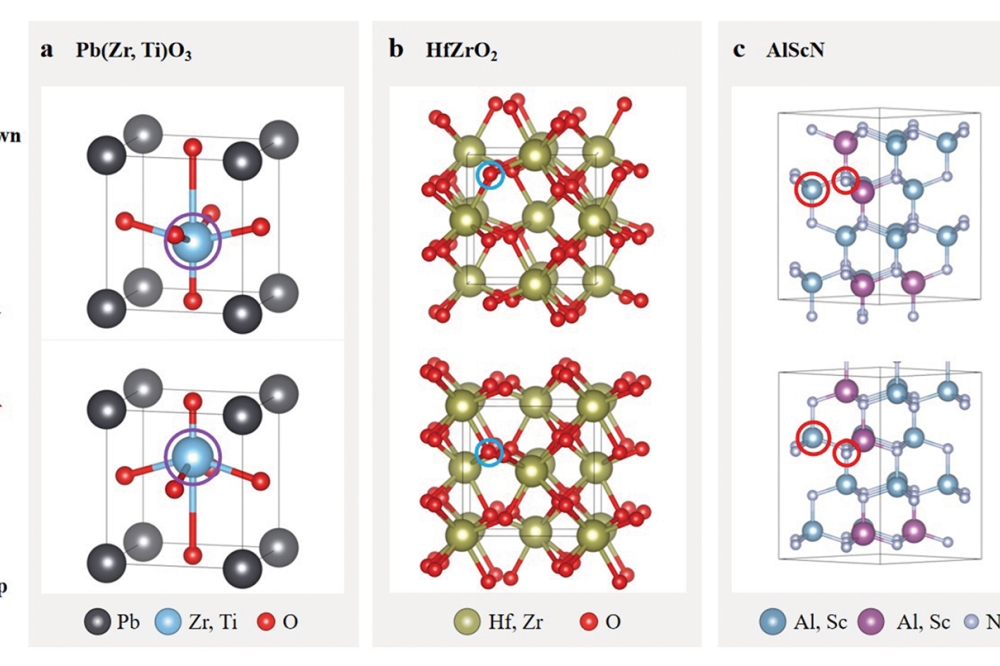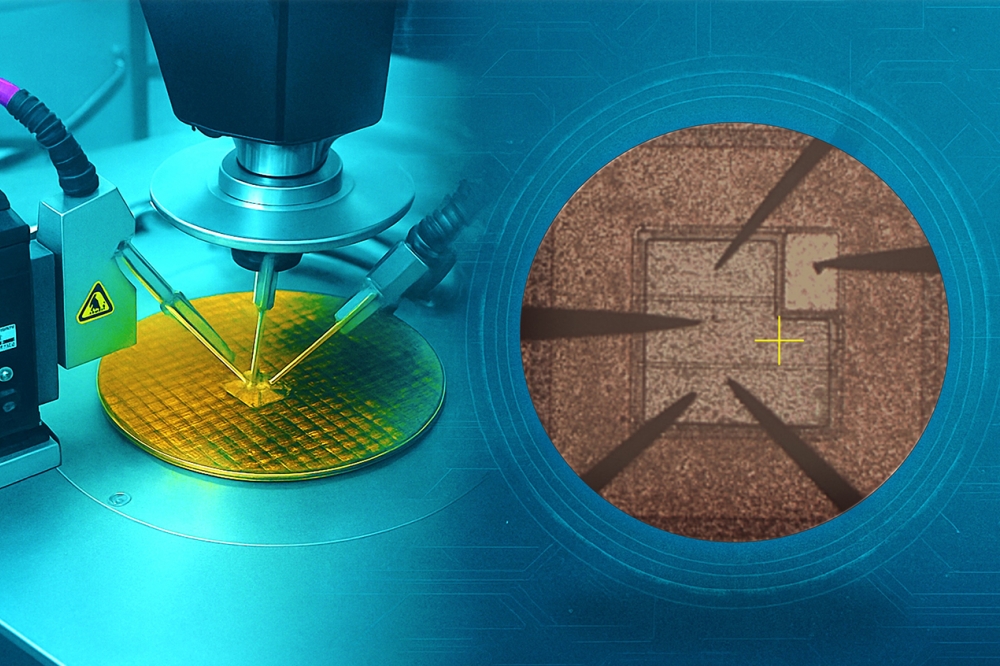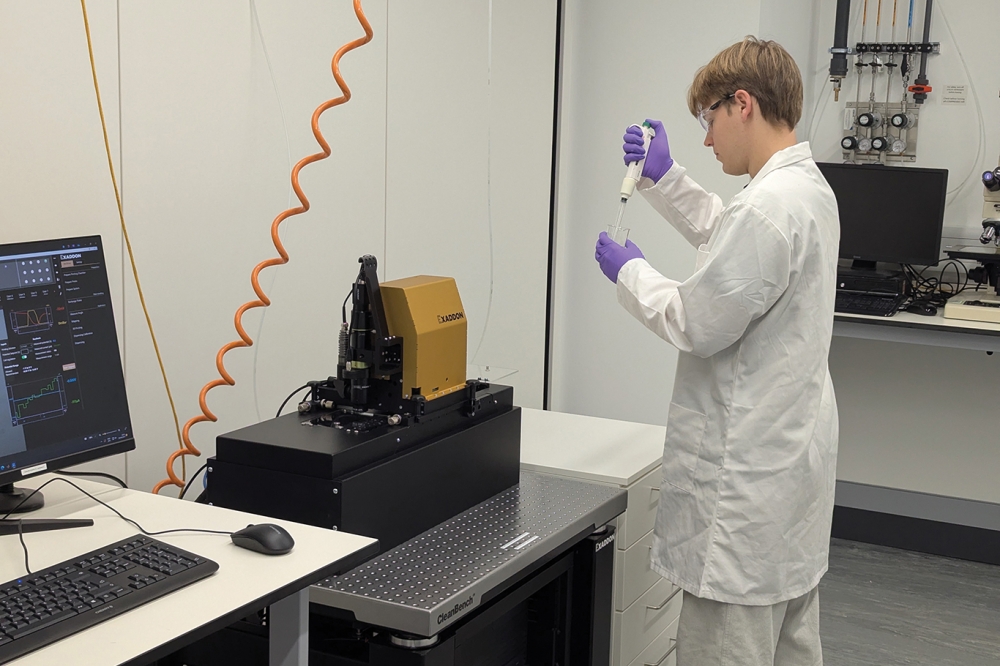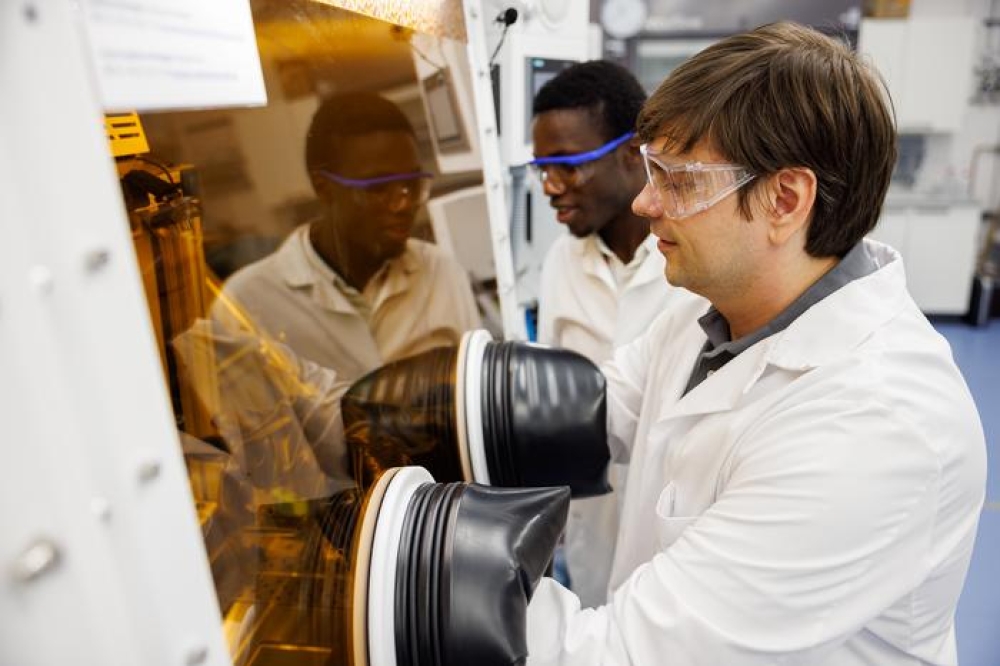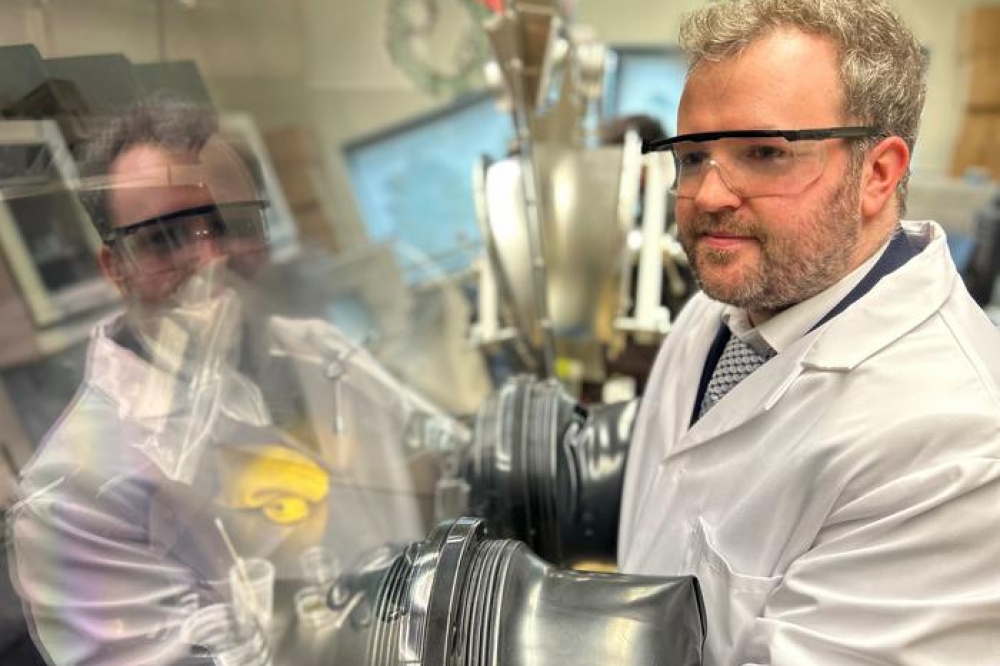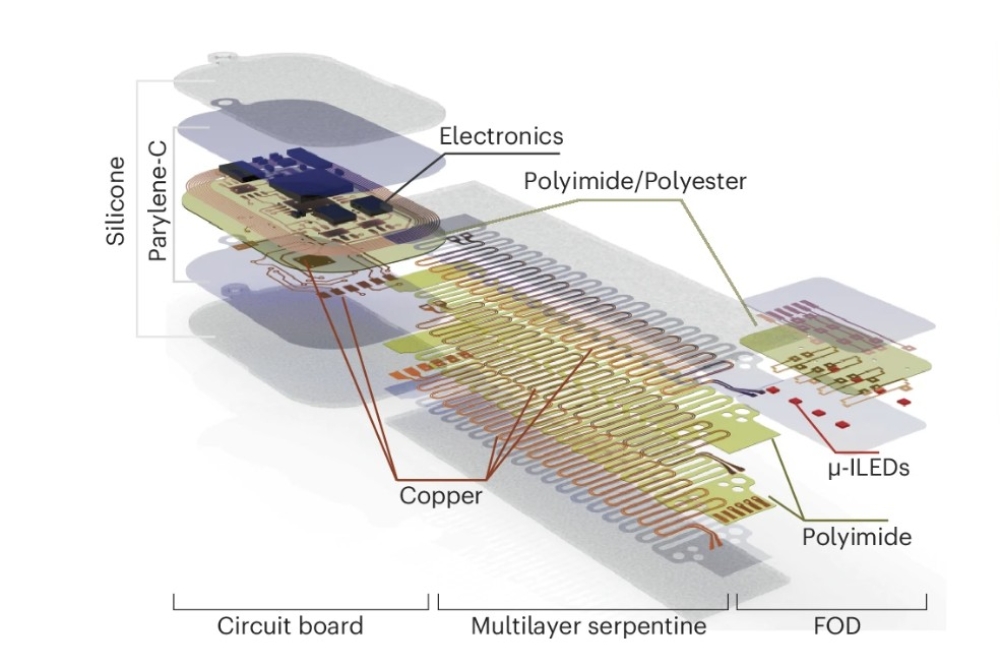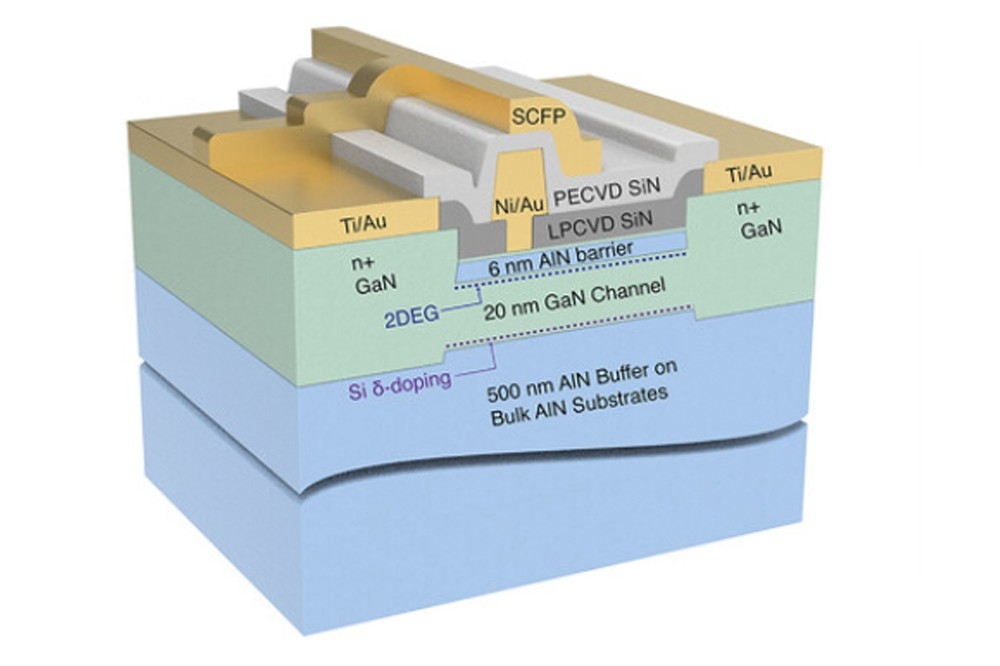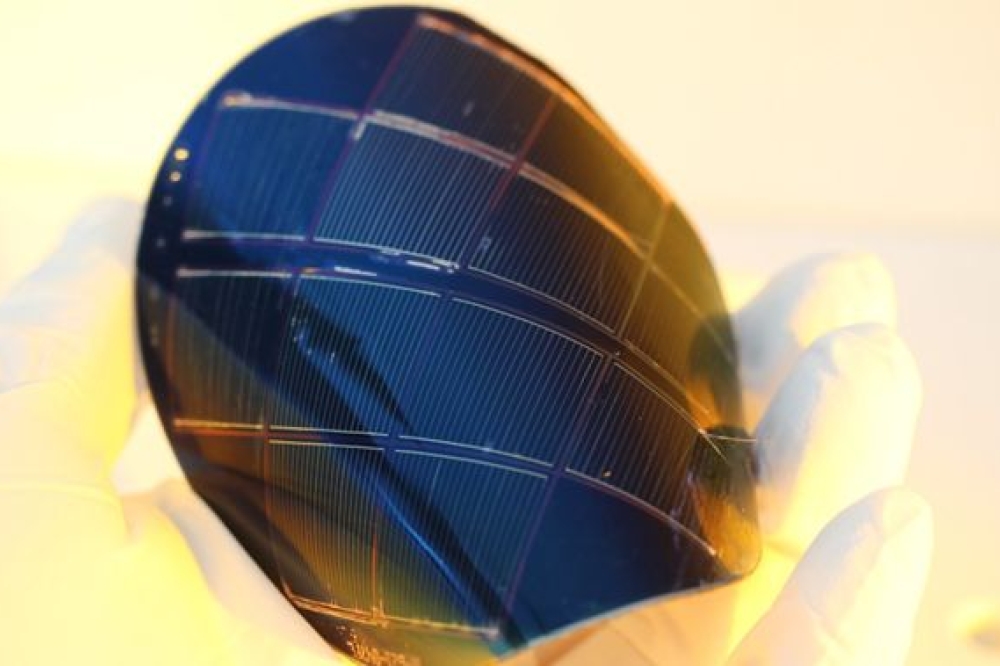Perovskite PVs: thermal stress is the key to stability
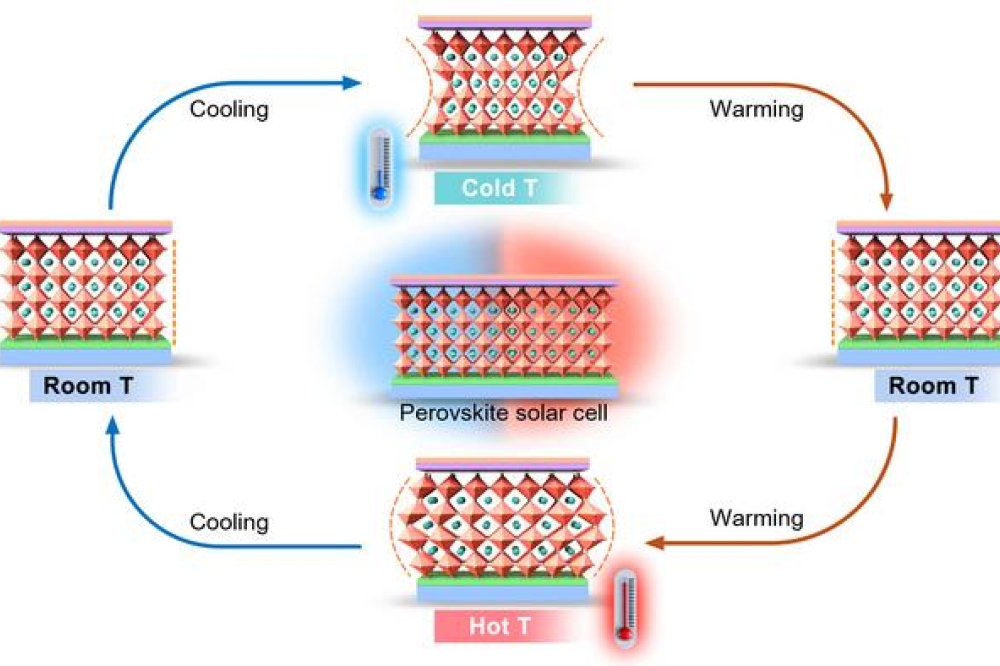
An international research team led by Antonio Abate from HZB in Berlin has published a perspective on the effects of multiple thermal cycles on microstructures and interactions between different layers of perovskite solar cells.
In the paper in Nature Reviews Materials, the scientists, which include Meng Li from Henan University, China, and other partners in Italy, Spain, UK, Switzerland and Germany, conclude that thermal stress is the decisive factor in the degradation of metal-halide perovskites.
Based on this, they have derived what they believe are the most promising strategies to increase the long-term stability of perovskite solar cells.
Metal-halide perovskite solar cells can already deliver efficiencies of up to 27 percent, however, when used outdoors, solar modules should provide a nearly stable yield for at least 20 to 30 years. There is still a lot of room for improvement in perovskite materials.
‘When used outdoors, solar modules are exposed to the weather and the seasons,’ says Abate. While encapsulation can effectively protect the cells from moisture and atmospheric oxygen, they are still exposed to quite large temperature variations day and night and throughout the year. Depending on the geographical conditions, temperatures inside the solar cells can range from minus 40 degC to plus 100 degC (in the desert, for example).
To simulate this, the perovskite solar cells in the study were exposed to much more extreme temperature differences in several cycles: From -150degC to +150degC, and again and again. Guixiang Li (then a postdoc at HZB, now a professor at Southeast University, China) investigated how the microstructure within the perovskite layer changed during the cycles and to what extent the interactions with the neighbouring layers were also affected by the temperature cycles.
Together, these factors affect the performance of the cell. In particular, the temperature cycles caused thermal stress, i.e. stress both within the perovskite thin film and between the different adjacent layers: ‘In a perovskite solar cell, layers of very different materials need to be in perfect contact; unfortunately, these materials often have quite different thermal behaviours,’ explains Abate. For example, plastics tend to shrink when heated, while inorganic materials tend to expand. This means that in each cycle the contact between the layers becomes worse. What is more, also local phase transitions and diffusion of elements into adjacent layers have been observed.
From this, the research teams have derived a strategy to increase the long-term stability of perovskite solar cells. ‘Thermal stress is the key,’ says Abate. The main thing, therefore, is to make the perovskite structures and the adjacent layers more stable against thermal stress, for example by increasing the crystalline quality, but also by using suitable buffer layers. The scientists highlight the importance of uniform test protocols for evaluating stability under temperature cycling and propose an approach to facilitate comparison between different studies.

